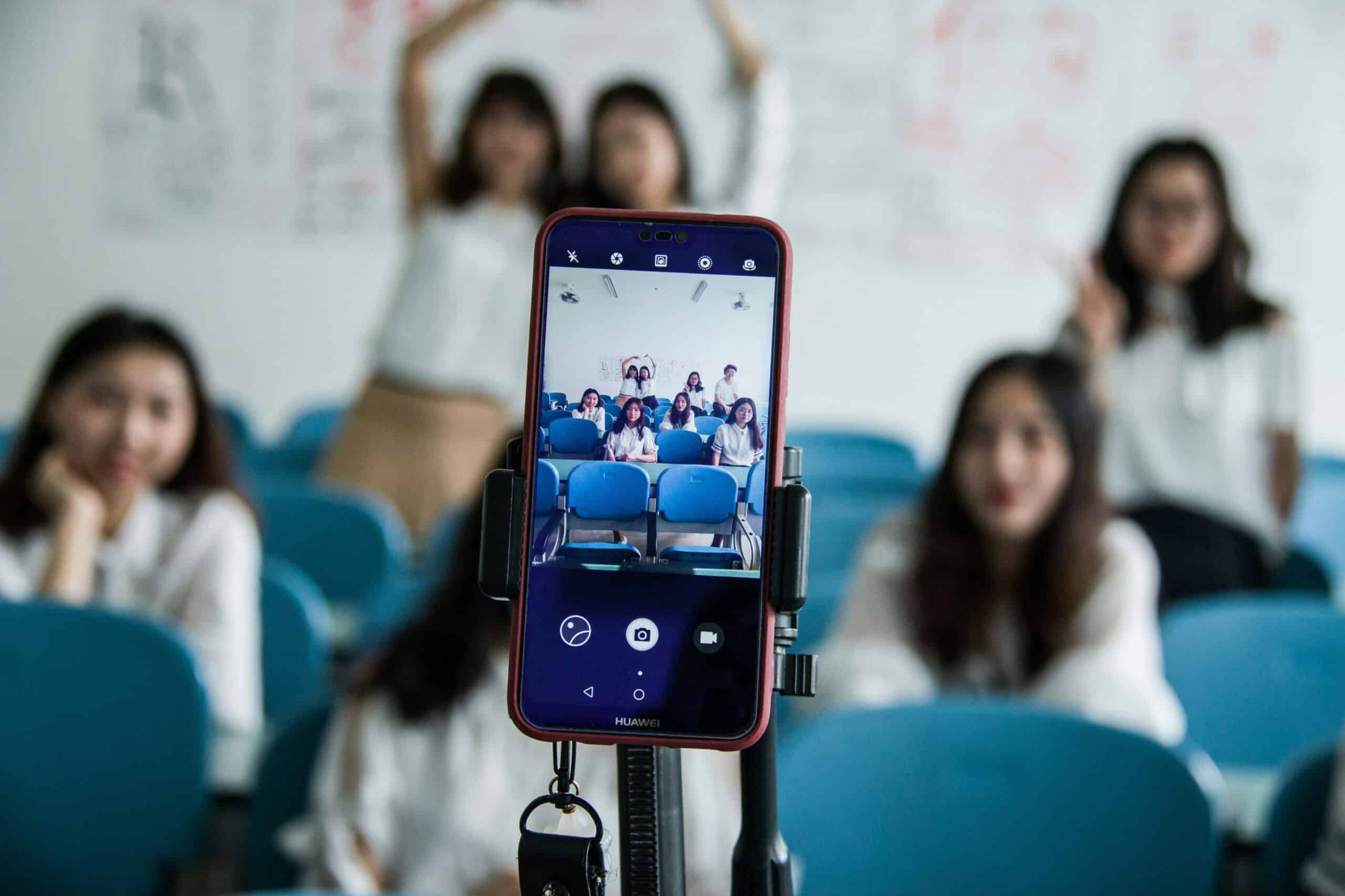12 Alarming Ways Constant Texting Could Be Hurting Your Teen’s Sleep, Mood, and School Success
Texting has become a primary mode of communication for teens, with nearly 95% of teens having access to a smartphone. While this connectivity keeps them socially active, it can also disrupt sleep patterns, impact mood, and hinder school performance. As texting weaves into every aspect of teen life, understanding its potential downsides is critical for parents, educators, and teens themselves.
1. Sleep Disruption from Nighttime Notifications
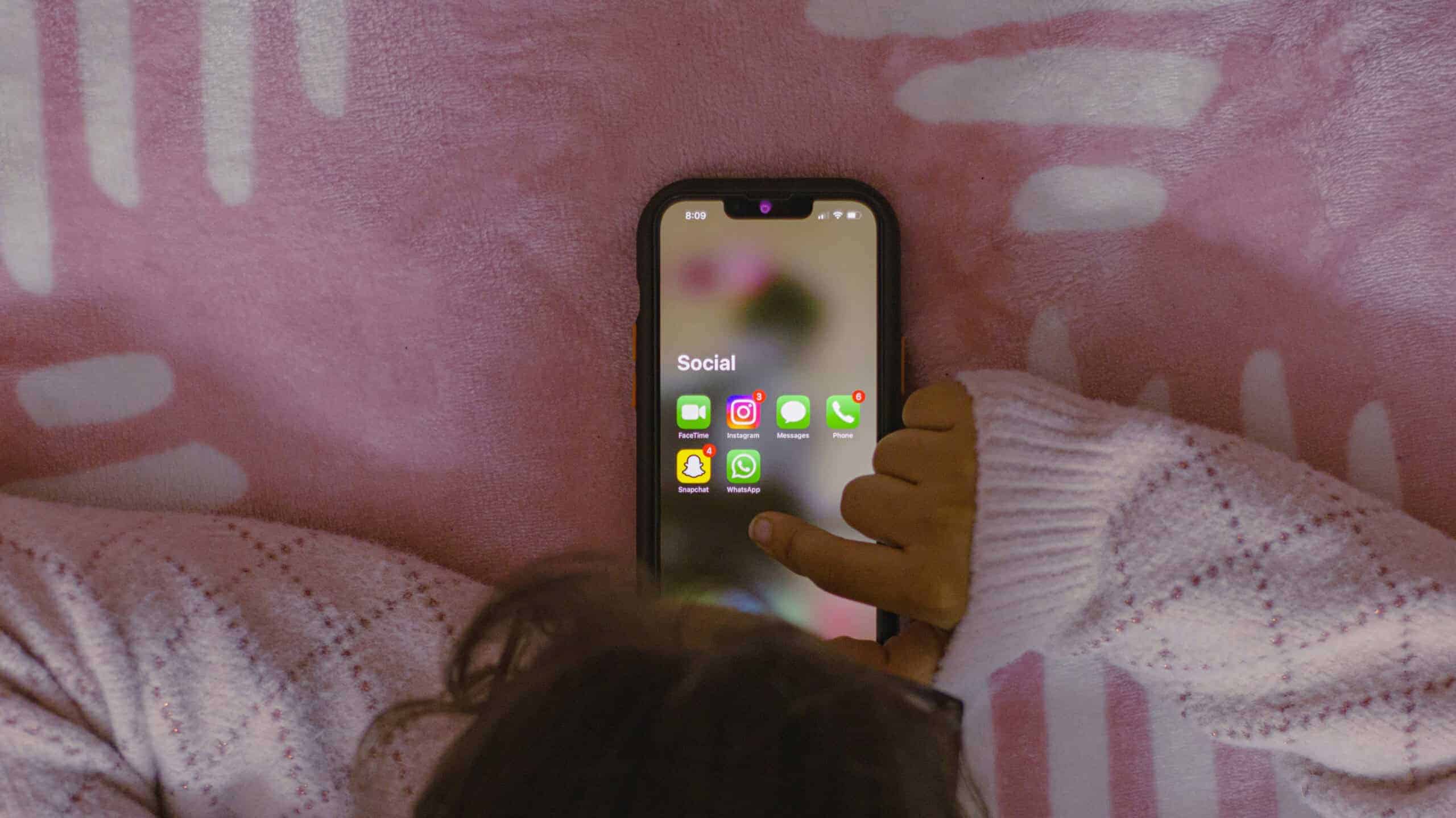
Late-night texts and constant phone notifications can repeatedly interrupt a teen’s sleep cycle, reducing the amount of deep, restorative sleep they receive. This lack of quality rest often leads to morning grogginess and poor focus in class. For example, many teens wake up to check messages, causing fragmented sleep.
2. Increased Anxiety from FOMO
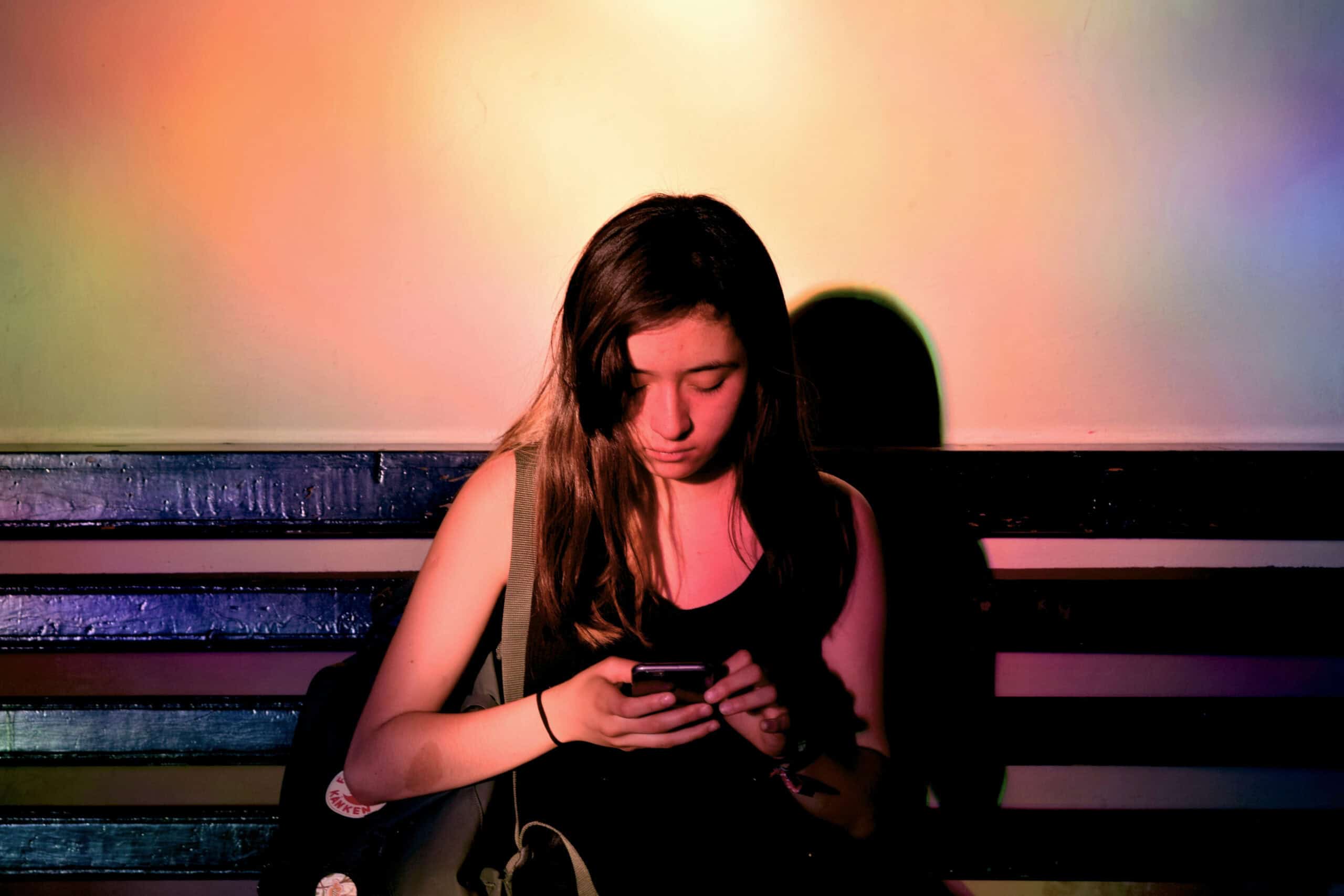
The constant stream of messages can trigger a persistent fear of missing out (FOMO) among teens, leading to heightened anxiety and restlessness. When teens feel compelled to respond instantly or stay updated with every conversation, their stress levels rise. FOMO is closely linked to excessive smartphone use, which can exacerbate feelings of inadequacy and worry when teens perceive they are being left out of social interactions.
3. Reduced Attention Span in Class
Frequent texting during school hours fragments a teen’s attention, making it challenging to concentrate on lessons or instructions. Each notification can pull their focus away from classwork, leading to missed information and lower academic performance. Digital distractions, like constant messaging, significantly reduce students’ ability to sustain attention and process classroom material effectively.
4. Declining Academic Performance

Heavy texting habits have been linked to lower academic achievement among teens. When students prioritize texting over homework or studying, their grades often suffer. Teachers observed a noticeable decline in student performance and attention, attributing much of this drop to digital distractions like texting. This ongoing interruption can erode study habits, reduce comprehension, and ultimately result in declining grades over time.
5. Heightened Risk of Cyberbullying
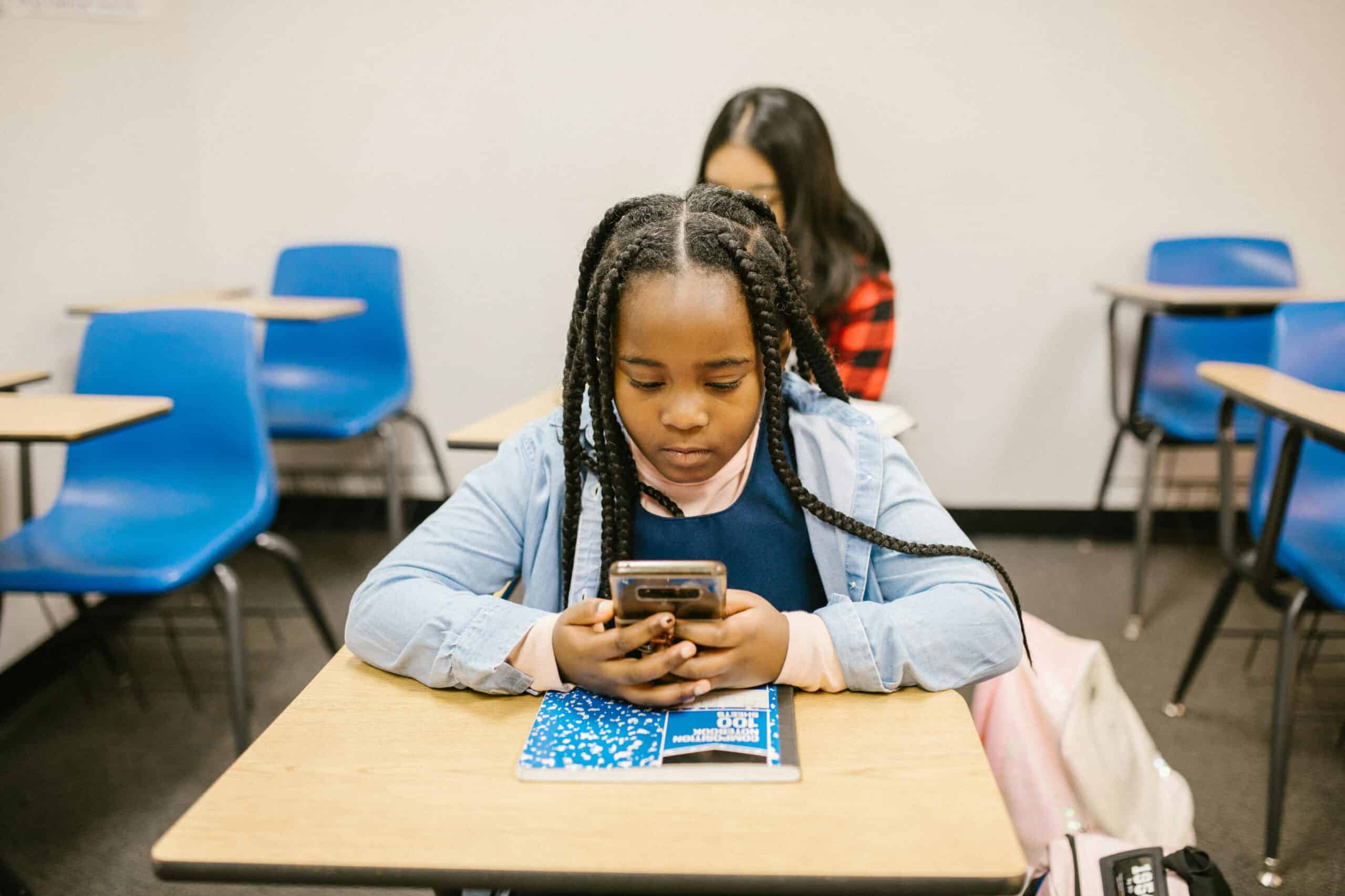
Constant texting and online presence can make teens more vulnerable to cyberbullying, as they are always accessible to peers. This exposure can lead to hurtful messages, harassment, and emotional distress, which may severely impact a teen’s mental health. Serious consequences of cyberbullying include anxiety, depression, and lower self-esteem among victims who are frequently targeted through digital communication channels.
6. Disrupted Family Communication

Excessive texting often leads teens to withdraw from family conversations and activities, reducing opportunities for meaningful face-to-face interactions. This decline in quality family time can weaken emotional bonds and communication skills. Increased device use among teens is linked to less frequent and less engaged communication with family members.
7. Increased Social Pressure and Drama

Group chats and non-stop messaging create an environment where gossip, misunderstandings, and social drama can escalate quickly. Teens may feel pressured to respond immediately or stay involved in every conversation, increasing their stress and anxiety. Group texting can amplify peer pressure and conflicts, making it harder for teens to escape social stressors and focus on healthier, face-to-face relationships.
8. Impaired Emotional Regulation
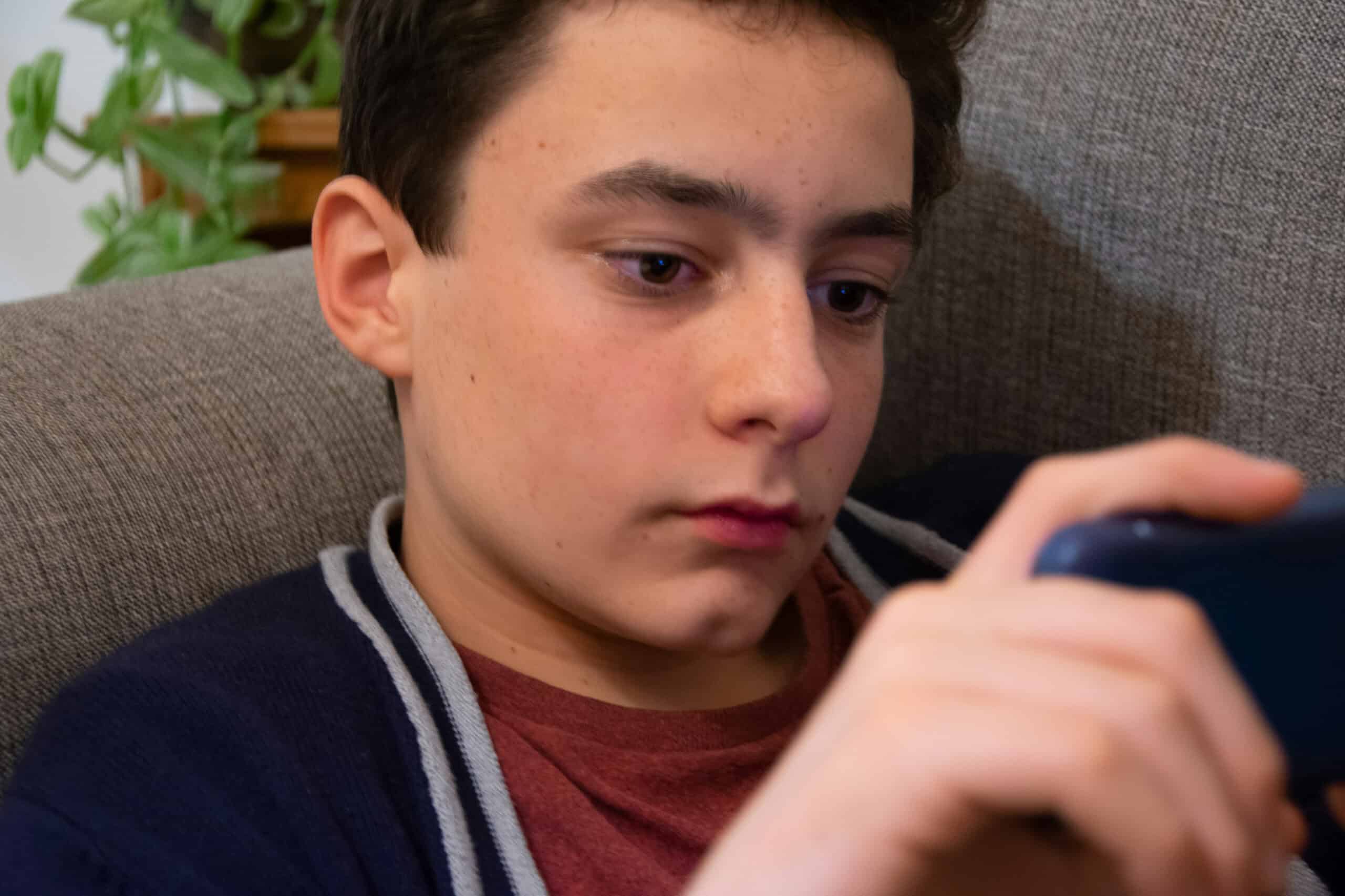
Constant texting often leads teens to react impulsively rather than taking time to process their emotions, making it harder to develop healthy self-regulation skills. The pressure to respond instantly can fuel emotional outbursts or misunderstandings. Frequent digital communication may hinder teens’ ability to manage their feelings, cope with stress, and develop mature emotional responses.
9. Poor Sleep Hygiene Habits
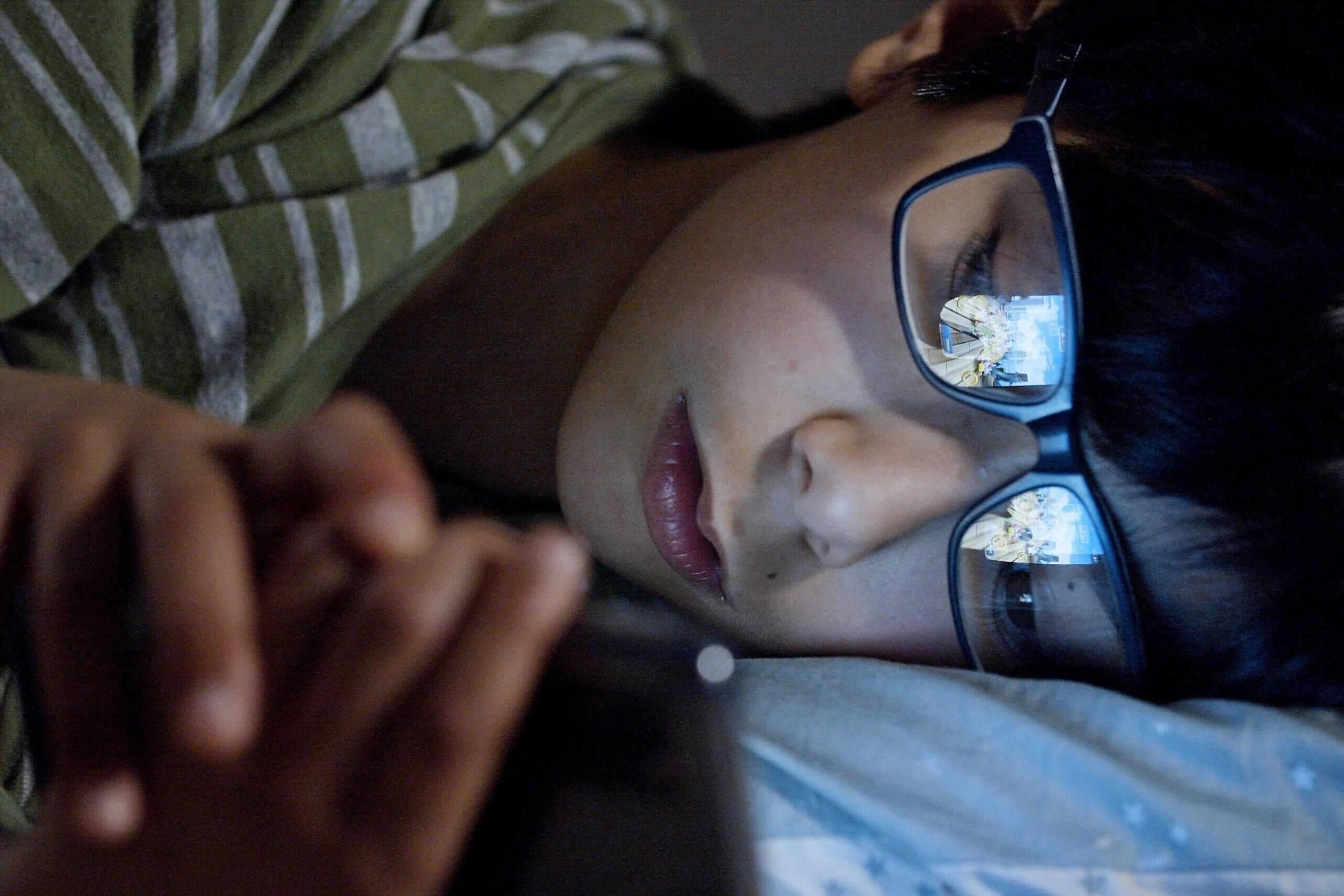
Allowing devices in the bedroom and texting right before sleep can disrupt healthy bedtime routines, making it harder for teens to wind down. The blue light from screens interferes with melatonin production, delaying sleep onset. Removing devices from bedrooms and establishing tech-free routines promote better sleep hygiene and support overall health for adolescents.
10. Increased Risk of Depression

Heavy texting can paradoxically lead to feelings of social isolation, particularly when online interactions replace meaningful, in-person connections. This isolation, combined with exposure to negative messages or social comparison, can heighten the risk of depressive symptoms in teens. A significant association between excessive digital media use and increased rates of depression among adolescents, emphasizing the mental health risks of constant online engagement.
11. Negative Impact on Self-Esteem

Teens often compare themselves to peers through group texts and social media, which can lead to negative self-perception and lower self-esteem. Hurtful comments, exclusion from chats, or lack of responses may contribute to feelings of inadequacy. Digital interactions can negatively affect self-worth, especially when teens internalize criticism or measure their value based on others’ online reactions.
12. Increased Risk of Risky Behaviors

Constant messaging can expose teens to peer pressure and risky online behaviors, such as sexting, sharing personal information, or participating in unsafe challenges. The immediacy and privacy of texting may lower inhibitions and make it easier for teens to make impulsive choices. Increased digital connectivity is linked to higher exposure to risky behaviors, emphasizing the need for parental guidance and open communication.
Conclusion
Excessive texting poses significant risks to teens’ sleep quality, emotional well-being, and academic achievement. From sleep disruptions and anxiety to declining grades and increased vulnerability to cyberbullying, the consequences can be far-reaching. Raising awareness about these dangers is vital for parents, educators, and teens themselves. Encouraging open dialogue and setting boundaries around technology use can help foster healthier habits. Helpful tips for families can be found at HealthyChildren.org.
Disclaimer

This article is for informational purposes only and should not be considered a substitute for professional medical advice, diagnosis, or treatment. For concerns, consult a qualified healthcare provider. See CDC Parent Tips for more information.
.article-content-img img { width: 100% }
